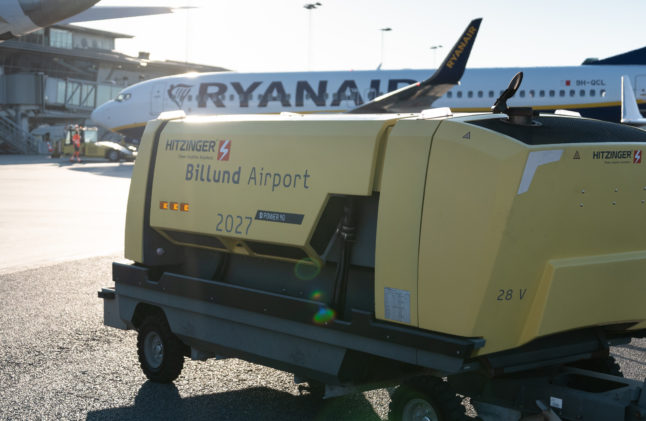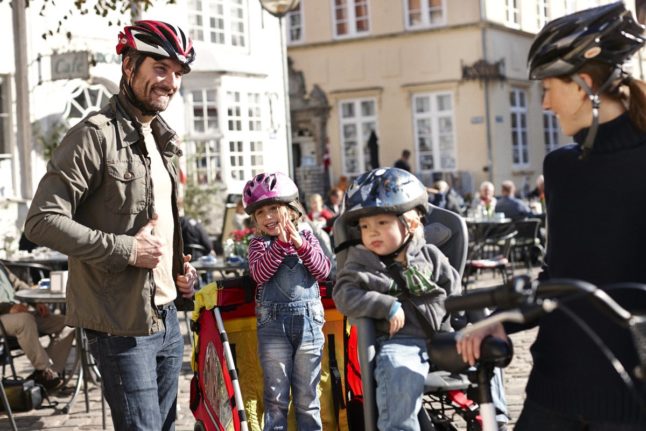More than half a million passengers travelled through Billund during July, the first time the total has been passed, the airport said in a press statement.
A total of 515,060 passengers passed through Billund last month, giving growth of 21 percent compared to 2019, the last year not to be affected by the Covid-19 pandemic.
The record for Billund comes in spite of severe disruptions caused by issues including airport delays across Europe and the pilots’ strike at Scandinavian airline SAS, which was resolved in July.
“The airport is very busy and not all airports are equipped for this after the difficult corona period,” Billund Airport CEO Jan Hessellund said in the statement.
“But despite being busy and having cancelled flights and a few strike-affected charter flights with SAS, we have hit a new all-time high,” he said.
Some airports have set capacity restrictions on the number of daily flights this summer as a result of staff shortages following the Covid-19 pandemic, which saw many airports and airlines release staff. This was not the case at Billund.
The Central Jutland airport said it had begun a recruitment process as far back as November last year in anticipation of higher demand as the sector begins to recover from the Covid-19-enforced downturn.
Further recruitment in January helped the airport to equip itself for current high demand. Other airports including Copenhagen have cited the time required to train new staff as being a factor in personnel shortages.



 Please whitelist us to continue reading.
Please whitelist us to continue reading.
Member comments